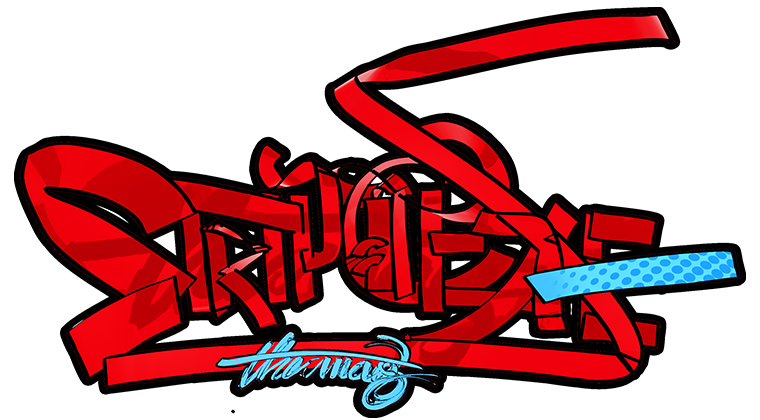Moody Hues
A reading ‘between the lines’ has traditionally, and ironically, been confined to space populated by words, gestures, outpourings of creativity seemingly grounded within canonical meaning and hefted with the sureness that comes from an eon of usage. Flipping through the pages that define a journey that is often known as a graphic novel, as most swoon over the incredible artwork and gorgeous imagery, like the letterer who painstakingly fits words into the pages, they almost inevitably forget about that one very important character who plays perhaps the most important role in its creation: the colourist.
Before the era of pixels, colouring comic book pages was quite a challenge. While people took the panels for granted, not much thought was spent behind the shades, schemes and play of hues that brought these very panels to life. Not too many people knew that the job of a colourist in no way was an easy one. Experts at a complex colour-separation process that was entirely handled by hand, colourists faced challenges in the form of a palette that was mostly limited to merely 64 shades quite a few decades ago. But these masters of manipulating colour did a job that never instigated complaints from readers. In fact, it were these vivid colours that drew readers to the wonderful world of sequential art.
A colourist, to put it simply is the one responsible for enhancing each panel by choosing the colours that complement the script as well as the pencilling and inking. “This depends on the environment and situations of the story and characters. The tough part is to make the reader feel the emotions and to justify the dialogs and artwork,” adds Yogesh R Pugaonkar, colourist at Holy Cow Entertainment and the proud recipient of the Best Colourist Award at Comic Con India, 2014 for his treatment of Ravanayan. Also a penciller, Pugaonkar confesses that he adds his own special finishing touches to each panels till he is satisfied with the results.
Digital colouring became an important part of the comics industry from the late 1980s all over the world. With more and more artists adopting the digital medium in recent years, Pugaonkar believes that though every medium has its own importance, as an artist, it is important to have traditional knowledge and training. “As an Artist I started with traditional and then switched to digital. Traditional knowledge is the base which is very important for every artist to understand and make improvements in their work. Alex Ross is the Best example for his traditional,” he explains.
Even though digital processes reign supreme these days, the job of a colourist is no easier. With the need to add hundreds of layers on a particular segment to make it look perfect and choose colours that fit the mood, Pugaonkar explains his method of dealing with projects. “While choosing colors I have a discussion with writer and penciller about the scenario and mood of the story,” he begins. With the aim to do justice to the writer and penciller, Pugaonkar treats every single panel like a page in its entirety. “And my secret is I push myself until I make each panel alive by adding every possible effects and touches,” he smiles.
With colouring styles ranging from the cartoonesque to the realistic, Pugaonkar, as an artist has learnt to adapt various styles over the years. And if you ever go through Ravanayan and Aghori released by Holy Cow Entertainment, you will get a chance to explore two colouring styles starkly different from each other.






